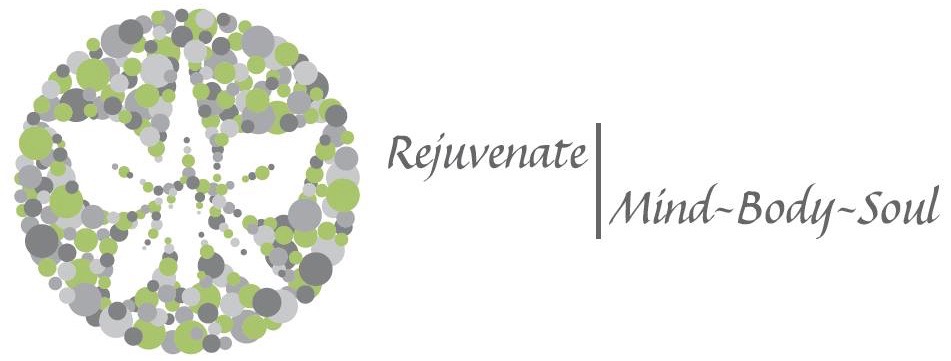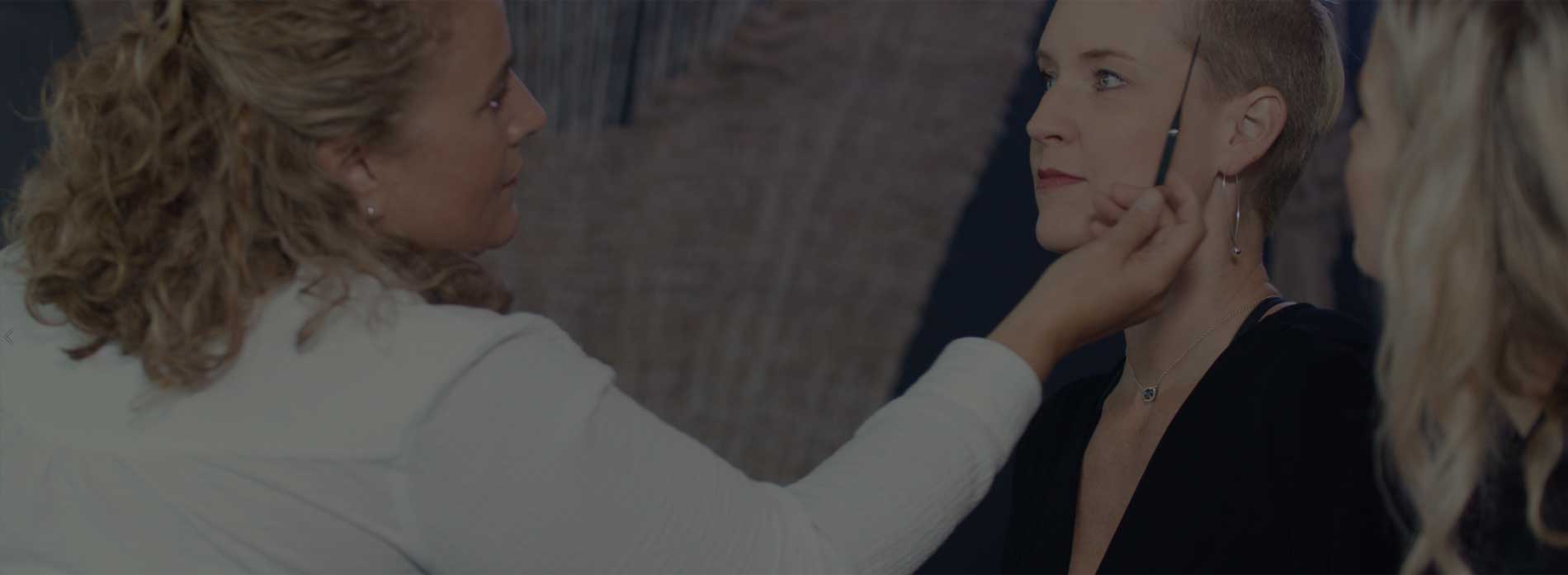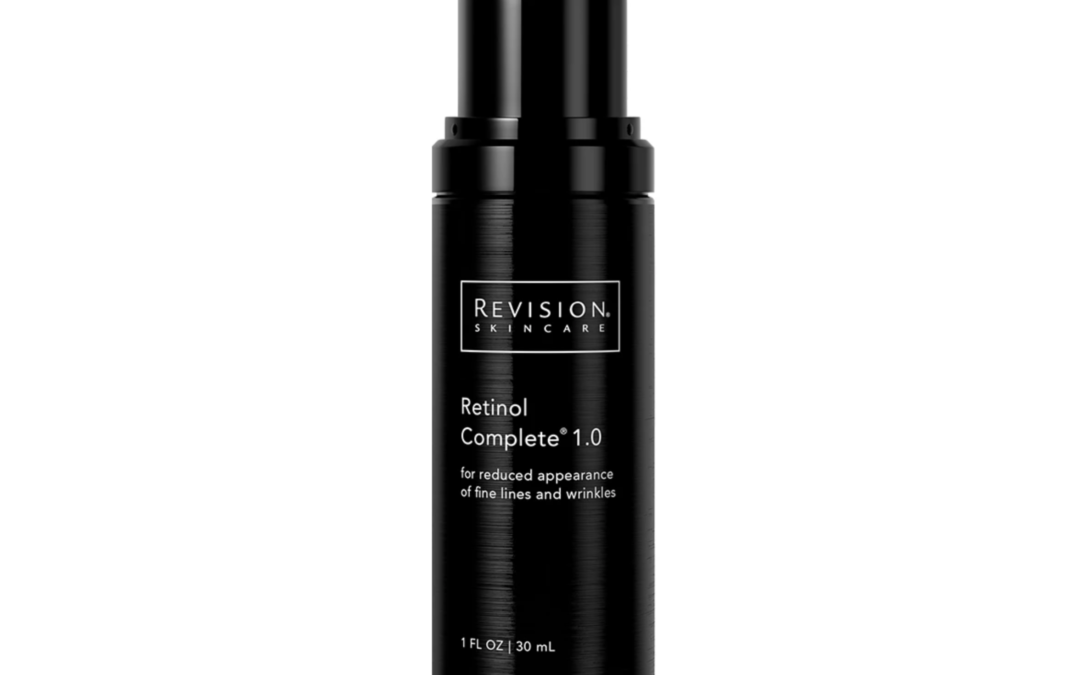Retinols, while a very beneficial product, can be a little confusing; both with what exactly they are and also how to use them properly. So let’s begin with the basics and discuss the different types of Retinols as well as the best practices for beginning to use them.
Retinoids are the umbrella term for any product containing retinol as there are many types of this powerhouse ingredient. The first we will discuss is retinol, which is a derivative of vitamin A—an excellent antioxidant and cell communicator. It works by attaching itself to the skin cells and telling them to act healthy and younger, causing cells to turn over faster, and making way for new growth. It also hinders the breakdown of collagen and thickens the deep layer of skin where wrinkles first start, thus making retinol extremely effective in not only decreasing fine lines, but also reducing pore size, improving texture, stimulating collagen production, and also managing acne and discoloration.
While many dermatologists agree that retinol is the best age eraser available, it doesn’t come without side effects. For some, retinol can cause the skin to become red, irritated, and flaky. This is far more common when using the prescription form of retinol known as Retinoic Acid, Retin-A or Tretinoin, which as you might suspect, is a much higher concentration. Retinol, on the other hand, is milder and is converted into retinoic acid when absorbed into the skin.
There is a lot of literature showing that while retinol is more gentle than retinoic acid, biochemically it does exactly the same thing, however, it may take longer to see results. The same cannot be said for the derivatives called pro-retinol (aka retinyl palmitate, retinyl acetate, and retinyl linoleate), which are the most gentle, but weaker, too. A licensed medical or skincare professional is the best resource to use to guide you toward which product is best for your skin type and goals.
The ?’s
To begin, how often should Retinol be used? A typical response is 2-3 times per week, at night, when adding a retinol/tretinoin to your routine. Remember that it takes several weeks for your skin to adjust to the product, so it’s best to use it sparingly at first and then gradually increase your use as time goes on.
What is the best way to work through the side effects generated by retinols? “The best way out is through!” Meaning, if you stop using the product because you are seeing redness, irritation and flakiness, then every time you begin back up you will see the same results. Power through a few weeks of the side effects and your skin will begin to normalize and adjust to the retinol. This is all part of the process, however soon the cells adapt and begin to tolerate the retinol.
How long does it take to work? An excellent question. On average 12 weeks to begin seeing cellular changes in the skin, with consistent use. Keep it up!
What about SPF during the use of Retinols? All day, everyday. We recommend at least an SPF 30 or higher. One that is separate from your makeup and that is reapplied every two hours during the day. Tips: Please discontinue use of retinols for 5-7 days prior to chemical peels, laser and microneedling treatments. And if you’re microblading patient, please avoid applying retinol products near your eyebrows to prevent fading.



